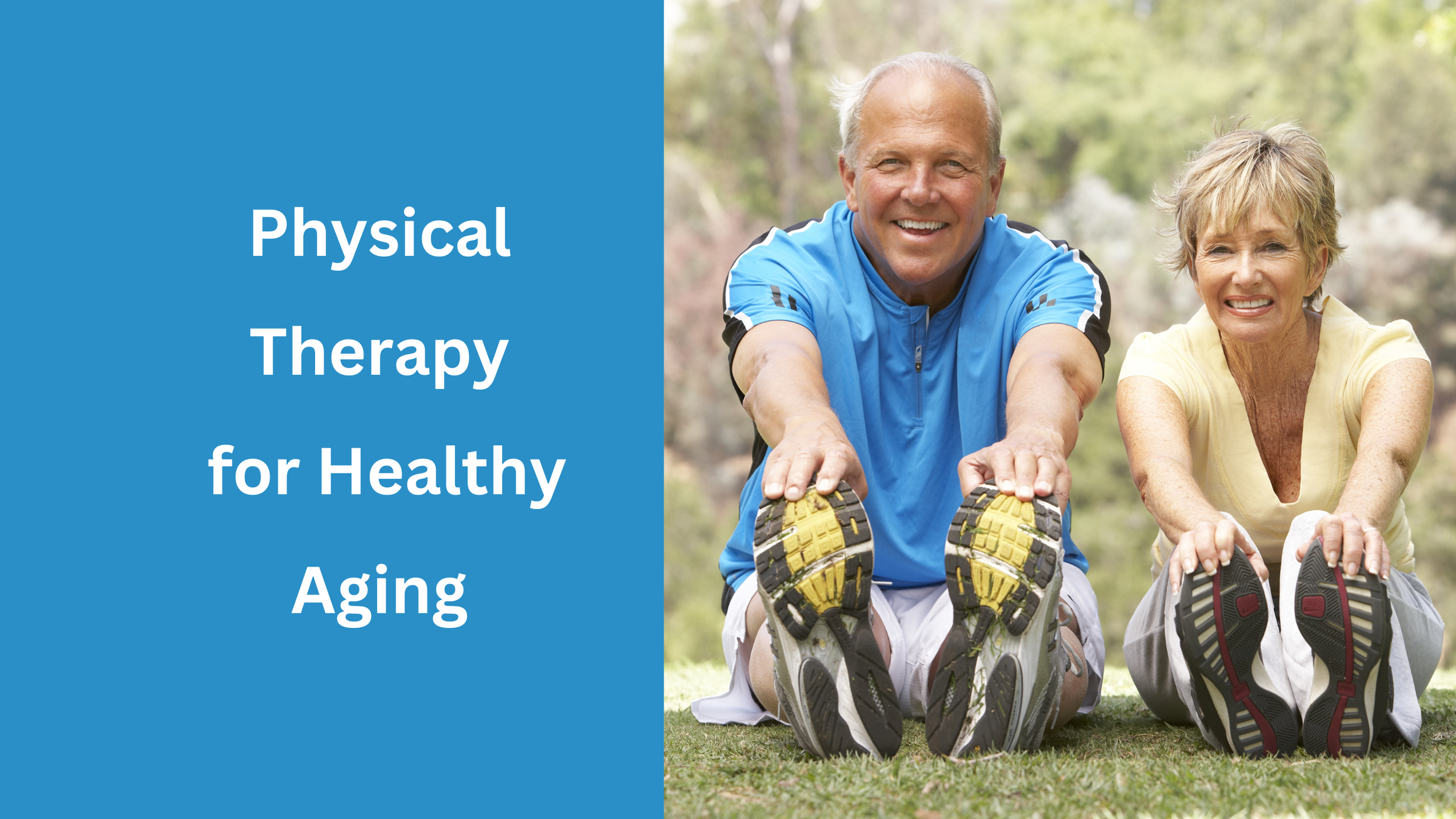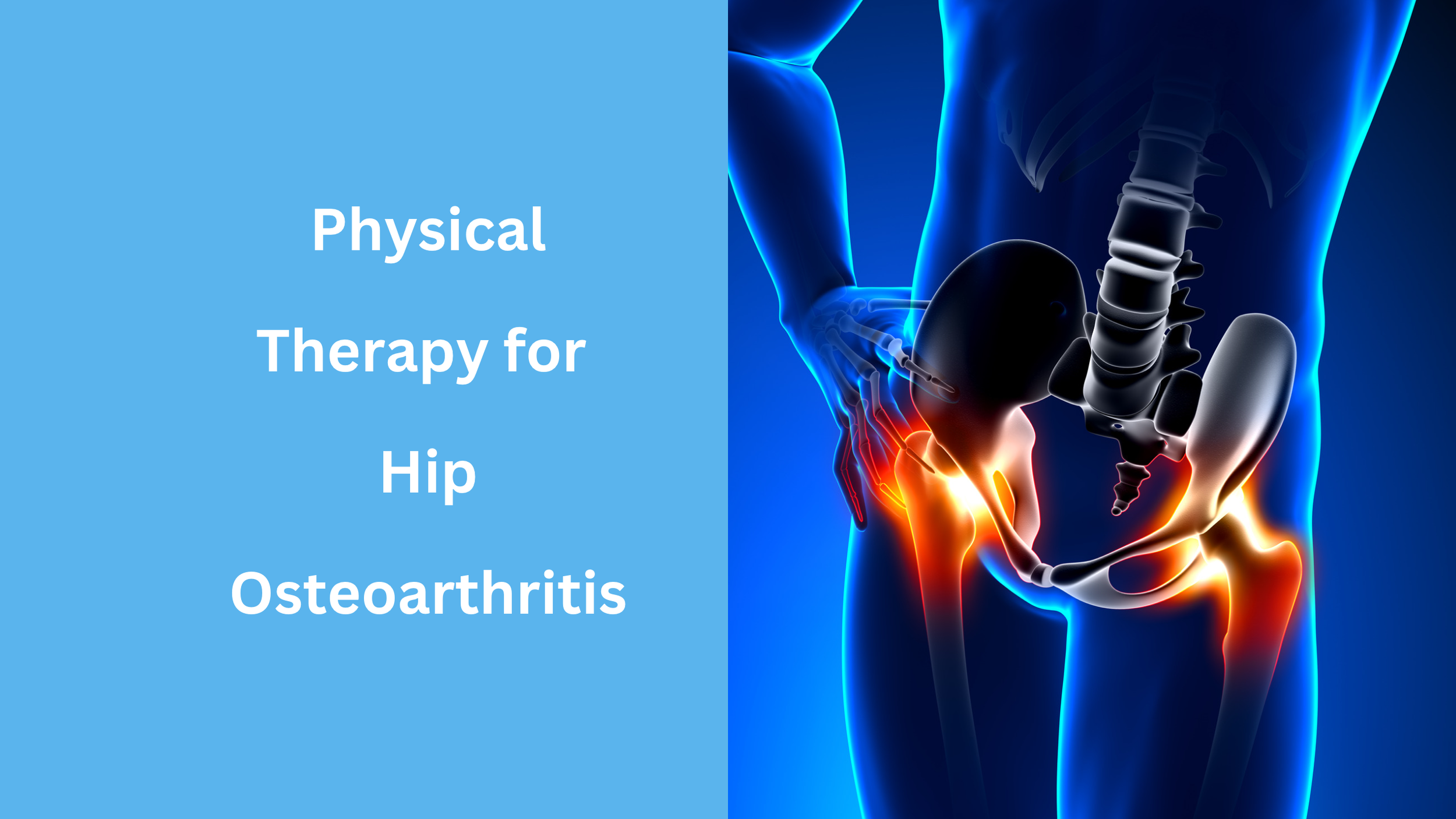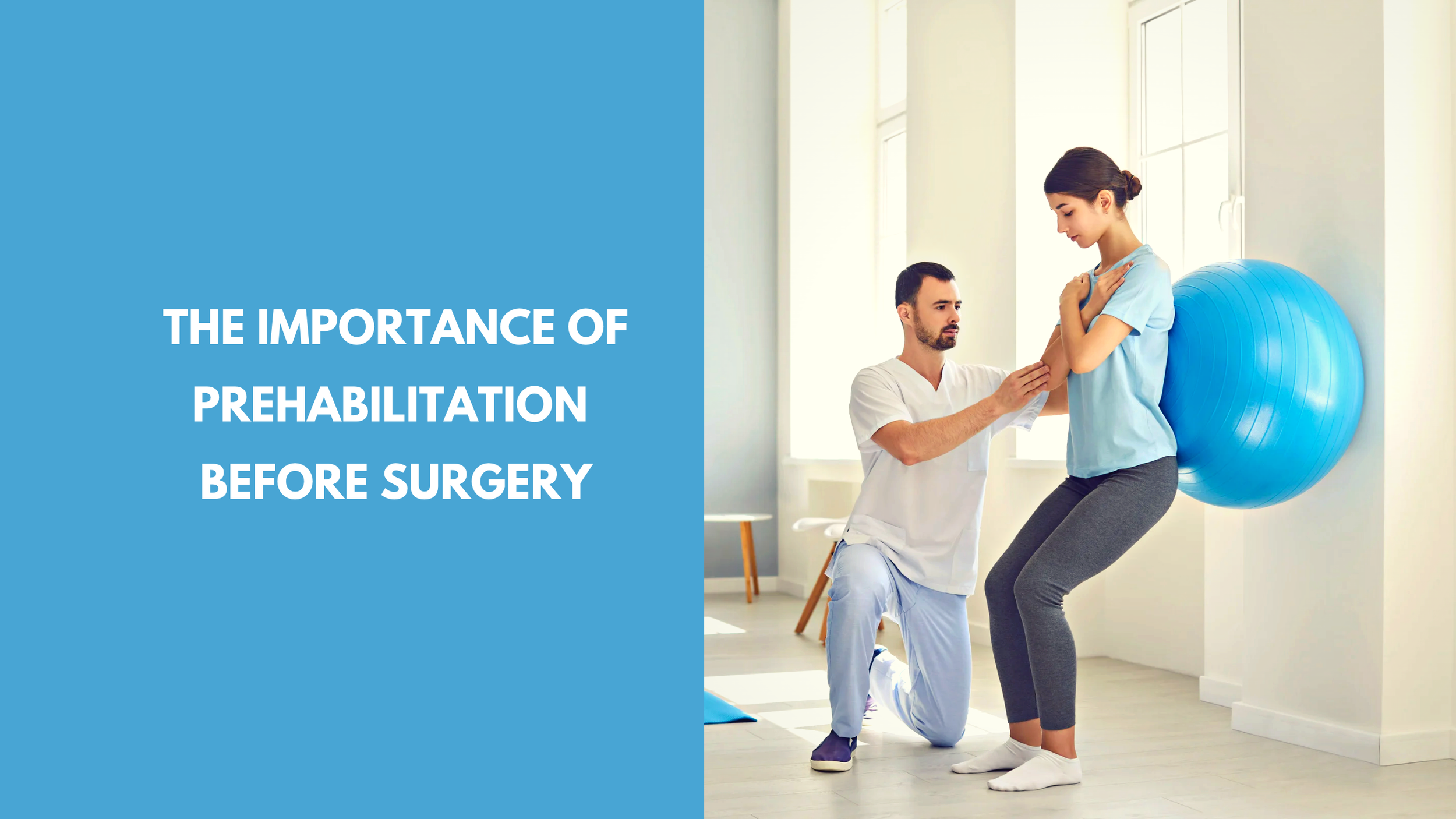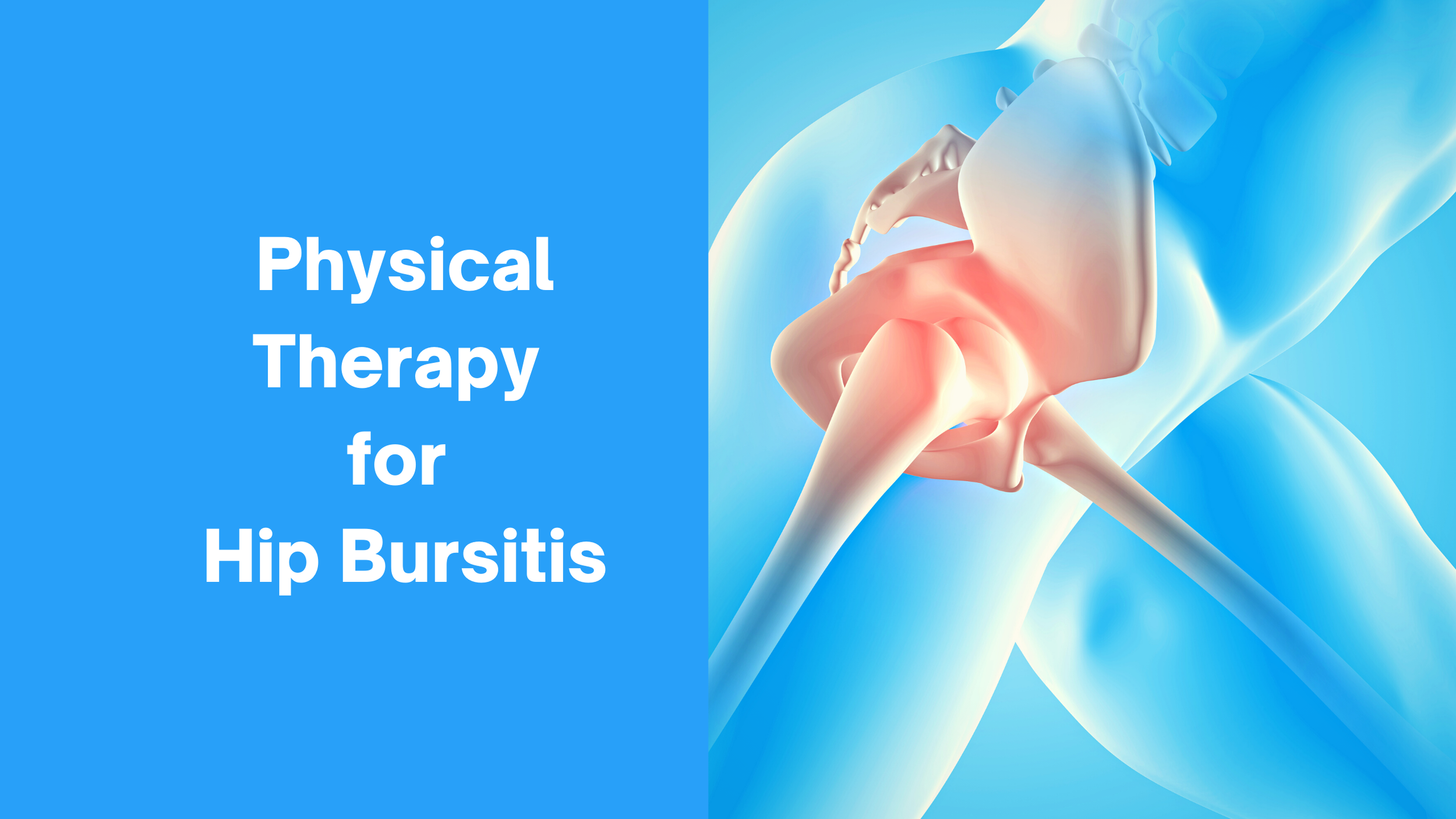Mangiarelli Rehabilitation Physical Therapy Blog
Managing Golfer’s Elbow with Physical Therapy
Golfer’s elbow is an overuse injury that develops when the flexor tendons of the forearm become inflamed due to repetitive use of the forearm, hand, wrist, and elbow. Golfer’s elbow can affect golfers, baseball and softball players, those who work on computers all day, and manual laborers in construction, carpentry, or plumbing. Physical therapy offers timely and effective treatment for golfer’s elbow to reduce pain, restore function and strength to the elbow, forearm, and wrist, and address body mechanics to prevent recurrence of the condition.
7 Benefits of Exercise for Individuals with Arthritis
Exercise is one of the most effective ways to improve arthritic pain, stiffness, and decreased range of motion in your joints. Arthritis is a chronic, progressive condition that causes inflammation, pain, and stiffness in one or more joints. The goal of an exercise program for those with arthritis is to preserve or restore range of motion and flexibility in affected joints, increase muscle strength & endurance to take stress off of arthritic joints, and increase aerobic conditioning. Check out seven benefits of exercise for those with arthritis and our tips for how to exercise safely with arthritis!
Managing Osteoporosis with Physical Therapy
Osteoporosis is a bone disease characterized by low bone mineral density, decreased bone strength, and changes in bone structure that causes thin, brittle bones and an increased risk of bone fractures. Physical therapy plays a critical role in managing osteoporosis, helping those with osteoporosis maintain and build bone density through a customized therapeutic exercise program. Research has shown that aerobic and resistance exercise effectively stimulate bone osteogenesis in osteoporosis patients, improving bone density and reducing fall risk.
Physical Therapy for Healthy Aging
The month of September is Healthy Aging Month, a month to promote ways individuals can stay healthy as they age. One of the best ways to support healthy aging is regular exercise under the guidance of a physical therapist. Physical therapists are experts in movement and exercise prescription, creating customized exercise programs to maintain and improve older adults’ balance, strength, and coordination and prevent falls.
Physical Therapy for Ankle Sprains [Infographic]
An ankle sprain is a common injury that occurs when the foot twists or turns beyond its normal range of movement, causing the ankle’s ligaments to overstretch or tear. Ankle sprains account for up to 40% of lower extremity sports injuries and 15% of all sports injuries in the United States. Physical therapy is the first line of treatment for ankle sprains, effectively restoring mobility, strength, and function in the injured ankle, preventing re-injury, and ensuring a safe return to sport through a targeted exercise and manual therapy rehabilitation program.
Treating a Sports Hernia with Physical Therapy
A sports hernia is an injury that happens when there is a weakening or tear in the muscles, tendons, or ligaments of the lower abdominal and groin area, causing acute pain and limited movement. A sports hernia typically occurs in sports that require repetitive twisting, turning, or abrupt changes in direction. Physical therapy can help athletes manage and recover from a sports hernia safely, addressing underlying muscular imbalances that contributed to injury through targeted exercise, core strengthening, and manual therapy.
Using the GolfForever Swing Trainer to Improve Your Golf Swing
Mangiarelli Rehabilitation physical therapist Bobby demonstrates the variety of ways we utilize the Golf Forever Swing Training Tool in our clinic to improve your golf swing. The golf swing is one of the most dynamic motions in sports, requiring coordinated loading and the generation of power and force throughout the kinetic chain. Physical therapy can help golfers improve their golf swing by enhancing agility and power for longer drives, improving mobility and flexibility in the hips and shoulders and dynamic balance, and enhancing core strength and neuromuscular control for a powerful, controlled, and accurate golf swing.
Physical Therapy for Pickleball Injuries
Pickleball is one of the fastest growing sports in the United States, played on a tennis-like court using a softball-sized, hard-plastic ball and a wooden racket to serve and volley the ball back and forth. While fairly easy to pick up, pickleball requires fast movements of the upper and lower body, sudden pivots and cuts, and side-to-side shuffling, which can contribute to injury. Physical therapy can help pickleball players not only recover from an on-court injury, but also prepare for a successful pickleball season through targeted strength and conditioning.
Managing Multiple Sclerosis with Physical Therapy
Exercise rehabilitation under the supervision of a physical therapist can help multiple sclerosis patients conserve and regain functional abilities, manage symptoms, and improve quality of life. Multiple sclerosis (MS) is a chronic neurological disease that affects the central nervous system and can lead to physical and cognitive impairments. Research suggests that targeted exercise rehabilitation may be the single most effective non-pharmacological symptomatic treatment for multiple sclerosis. A structured rehabilitation program can improve mobility, muscle strength, aerobic capacity, and quality of life in multiple sclerosis patients.
3 Exercises to Address Shin Splints
Mangiarelli Rehabilitation physical therapist Sarah demonstrates three exercises you can do to address shin splint pain. Shin splints are a common athletic injury that develops due to repetitive stress placed on the tibia, causing the surrounding muscles to strain and develop microtears where they connect to the shin bone. Physical therapists can help athletes with shin splints recover pain-free movement, return to sport safely, and prevent future reinjury through a targeted exercise rehabilitation program.
Fighting Osteoporosis with Physical Therapy
Osteoporosis is a metabolic bone disease characterized by low bone density, thin, brittle bones, decreased bone strength, and changes in bone structure that increase the risk of a bone fracture. Physical therapy can play a crucial role in managing osteoporosis and helping you maintain and build bone density through a customized therapeutic exercise program. Exercise places beneficial stress on your bones by directly loading the bone and increasing muscle mass, which places mechanical stress on the skeleton and strengthens your bones.
Physical Therapy for Hip Osteoarthritis
Physical therapy can help those with hip osteoarthritis manage arthritic pain and regain function, strength, and mobility in the hip through therapeutic exercise and manual therapy. Osteoarthritis of the hip causes the protective cartilage lining the bones of the hip joint to progressively break down, causing the bones to rub against each other and leading to intense pain and inflammation within the hip joint.
Physical Therapy for Sciatica
Sciatica is nerve pain that radiates from the low back through the buttocks and down the length of the leg due to compression of the sciatic nerve. Originating in the low back, the sciatic nerve is most commonly compressed by a herniated or slipped disc, causing shooting pain and tingling and numbness through the back and leg. Physical therapy is one of the most effective treatments for sciatica, reducing inflammation, managing and minimizing pain, improving your physical function and mobility, and preventing the reoccurrence of sciatica symptoms.
The Importance of Prehabilitation Before Surgery
Prehabilitation has numerous benefits for pre-surgery patients. Prehabilitation is an individualized exercise conditioning program that prepares the body for the stresses of surgery, manages symptoms, and helps restore function in the injured area as much as possible prior to surgery. Prehabilitation, or “prehab,” works on improving a patient’s movement, flexibility, and strength before surgery to set them up for a successful recovery after surgery. Prehab has been shown to shorten recovery time and a patient’s hospital stay, reduce post-surgical pain and inflammation, and increase strength, stamina, and mobility.
How Physical Therapy Can Slow the Aging Process
Aging can be accompanied by physiological changes in the body that may limit your physical function, strength, balance, and mobility. However, research has shown that physical exercise can prevent age-related decline, delay loss of physical function, and reduce the risk of fall-related injuries. Physical therapy can help slow the aging process through customized and targeted exercise interventions that help seniors maintain and improve strength, function, mobility, balance, and vitality safely.
Physical Therapy for Plantar Fasciitis [Infographic]
Plantar fasciitis is a common foot condition that develops when repeated activities strain the plantar fascia of the foot, which is a thick band of tissue that runs along the bottom of the foot and supports the arch of the foot. When individuals perform repetitive weight-bearing and impact-loading activities over days, months, and years, this can lead to microtears and chronic inflammation of the plantar fascia. Physical therapy is highly effective in treating plantar fasciitis, helping reduce pain, restore function and strength in the foot, improve foot mechanics, and address the root cause of the condition.
How Exercise Can Prevent and Reverse Heart Disease
Heart disease is a systemic cardiovascular disease that can lead to serious cardiac events, such as high blood pressure, heart attack, heart failure, and heart rhythm abnormalities. Regular exercise not only can help prevent the onset and development of cardiovascular disease but also is a critical therapeutic tool to improve outcomes for those with heart disease. Physical therapy can help reduce the risk of developing heart disease and improve the function of those with heart disease through a personalized exercise program to improve aerobic capacity, strength, and endurance safely.
Physical Therapy for Posterior Tibial Tendon Dysfunction
Posterior tibial tendon dysfunction (PTDD) is one of the most common problems of the foot and ankle that occurs when the posterior tibial tendon is inflamed or torn, leading to an acquired flat foot. PTDD most often results from overuse due to repetitive loading on the tendon that causes microtrauma, inflammation, and eventually a tear of the posterior tibial tendon. Physical therapy can restore flexibility and strength in the foot and ankle, alleviate pain, and help patients return to the highest level of function.
Physical Therapy for LCL Injury
A lateral collateral ligament (LCL) injury occurs when the ligament on the outer side of the knee is overstretched and tears, causing pain, swelling, and knee instability. The LCL, which is a thick band of tissue connecting the thighbone and shinbone, can be injured if the knee is hit on the inside, pushing the knee outward or if the knee straightens too quickly or forcefully, hyperextending and straining the outside of the knee. Most LCL injuries heal with conservative non-operative physical therapy treatment. Physical therapy can reduce LCL injury pain, restore strength and range of motion in the knee, and safely return athletes to their sport through a progressive therapeutic exercise program.
Physical Therapy for Hip Bursitis
Hip bursitis involves inflammation of the bursae, the small fluid-filled sacs that provide cushioning between the hip bones and the soft tissue of the hip (muscles, tendons, and ligaments). Hip bursitis is most common among middle-aged and older adults and affects women more than men. Physical therapy can effectively treat hip bursitis, reducing pain, addressing muscle-related weakness, and helping patients return to daily activities and sports safely. A physical therapist treats hip bursitis with a combination of stretching, strengthening, and movement retraining to decrease irritation in the hip, improve strength and range of motion, resolve pain, and restore normal function.




![Physical Therapy for Ankle Sprains [Infographic]](https://images.squarespace-cdn.com/content/v1/5e419cdc97af032560004b99/1688754967891-BGREZOA98E9T9LQUB6FJ/Tw+Ankle+Sprain+Infogr.png)










![Physical Therapy for Plantar Fasciitis [Infographic]](https://images.squarespace-cdn.com/content/v1/5e419cdc97af032560004b99/1676924237297-6EW77TVH6ROZBE52C27J/Tw+PF+infographic.png)















